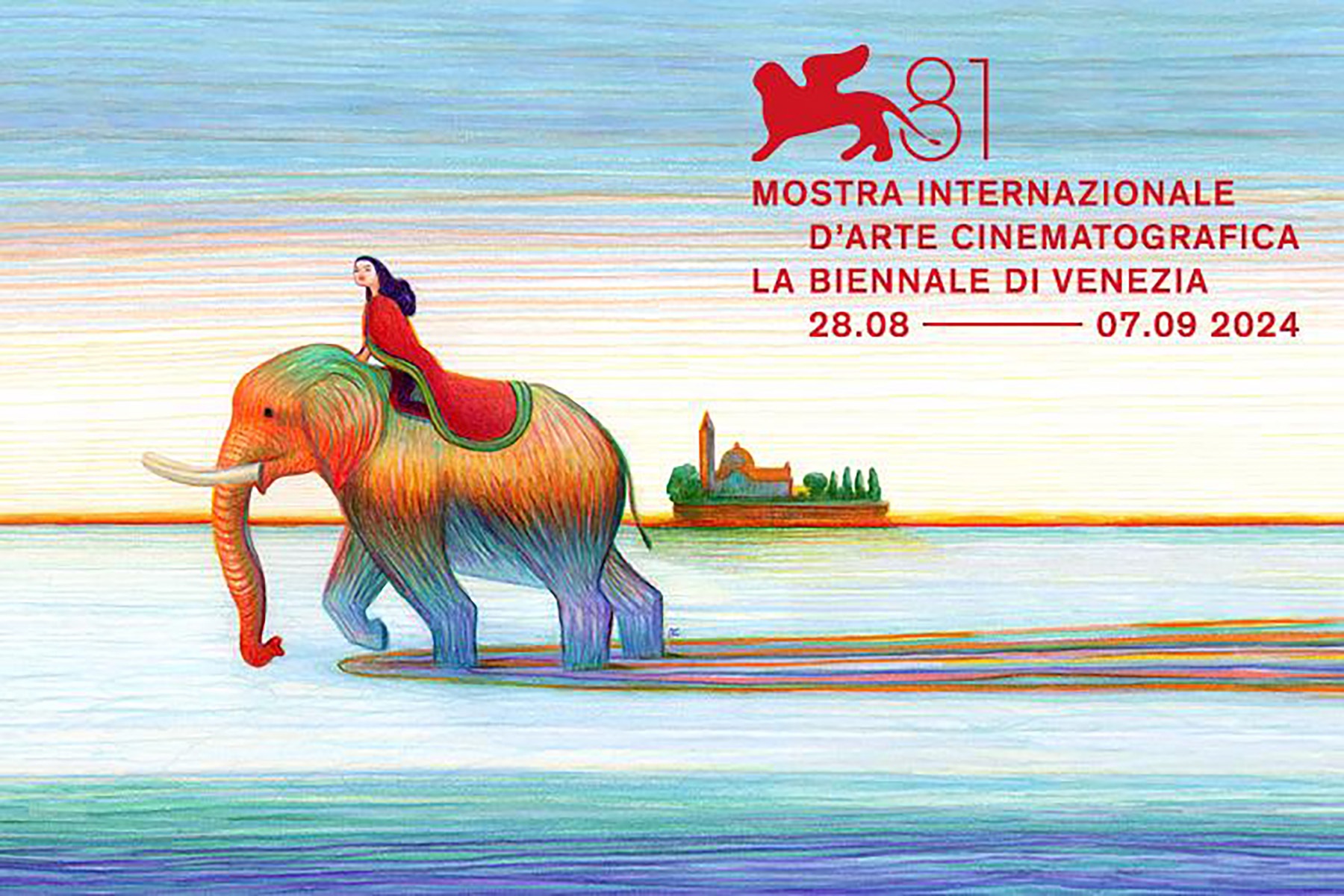How Do You Say ‘Resilient’ in Ukrainian?
Resilient Ukrainians drive the action, on- and offscreen, in a forthcoming impact film.

Underseen is a film about a museum run by visually impaired people. It is also about the resilience it takes to do this during the full-scale invasion of Ukraine.
Alina, the museum’s founder, and Vika and Katya, museum guides with visual impairments, face challenges both before and after the outbreak of war. It took persistence to open the museum; it takes perseverance to keep it open during wartime. It takes fortitude to navigate a city when you’re visually impaired; it takes new heights of courage when the air raid sirens are sounding.
As impact people, we might use the word ‘resilience’ to describe a business or organisation. The people in Underseen show the human side of the word. But behind the scenes, resilient Ukrainians also shaped the film immeasurably.
Behind the scenes
As mentioned in a previous blog, the story of the film has origins with Alena and Anna from USVF and SILab. Alena, Anna, their organisations and Collaborate for Impact, supported by the European Union, are all instrumental in building the investing for impact ecosystem in Ukraine. On a personal level, it’s been a joy to see their work flourish. Conversations I’ve had with them often leave me inspired to go out and solve a problem. They’ve spoken publicly about the resilience of their organisations in the face of war (including, in Anna’s case, the panel at Impact Week 2023 I had the pleasure of moderating). Every time I’ve heard them speak on this subject I take away the idea that there’s a specific brand of creativity one has to apply to the wickedest problems, and that when you’re tested again and again, you master it. Resilience is something you can stretch and build, like a muscle.
As the support of USVF and SILab enabled the Museum in the Dark to scale, the filmmakers filmed interviews with Anna and Alena, soon to be released in two videos. Both organisations continue to shape the social economy in Ukraine. USVF’s latest round of funding offers further support for the Museum in the Dark, enabling the expansion of the museum’s team and programme, a hopeful coda beyond what’s seen in Underseen.
When it came to making the film, Ukrainians were instrumental in the production from the earliest stages. Director Rafael Cortes connected with a crew based in Ukraine, which means the producer, cameraperson, editor and all technicians were locals. They knew the lay of the land, as Rafael has described, which in wartime meant they were aware of potential disruptions to the production and what kinds of measures could minimise them. They knew when to roll cameras and when to take shelter.
Air raid sirens interrupted the production regularly. Participants faced air attacks while traveling. When it came time to edit the film, power outages delayed the first cut. It’s hard to describe this kind of shoot as easy. And yet, from what I heard from the crew, and judging from the continuous output of cinema, television, art and more creative work that’s come out of Ukraine since the war began, there is a whole movement of creative professionals who go on doing their work in the face of war. The filmgoing public can expect a lot of great new films coming out of Ukraine, each one made by people with their own stories of resilience in the face of war.
On resilience
Towards the end of the film, museum director Alina uses the word ‘resilient’ to describe Vika, Katya and others who tell their stories in the film. Her word choice surprised me at first, just because I’m more used to hearing it applied to businesses and organisations. When Alina called her colleagues resilient, I believe she was using it in the true sense. They withstand challenges. They bounce back stronger. Applying the word to people makes the most sense to me. Applying it to the people in this film is a perfect fit.










